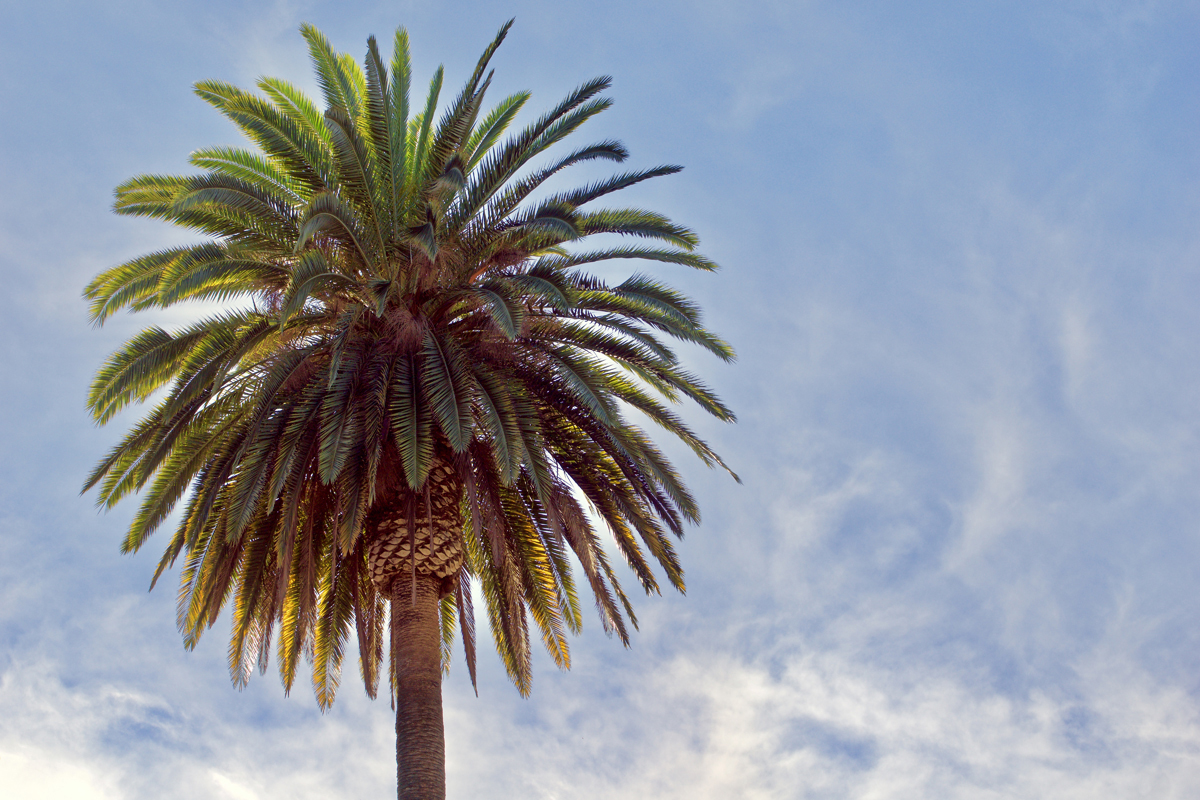The average cost of palm tree removal is
$825. Palm tree removal costs ranged from $150 to $1,500 in the US according to
Homeadvisor.
Palm Tree Removal Cost
Palm tree removal costs are determined on many different factors, but the biggest indicator of the price you will pay is how tall the tree is! As when it comes to removing a tree, the height of the tree has a significant impact on how much you will pay:
- The average palm tree removal cost for a tree up to 30 feet tall is $215. Palm tree removal cost for up to a 30 feet tall tree ranged from $108 to $322.
- The average palm tree removal cost for 30-60 foot tall tree is $429. Palm tree removal cost for a 30-60 foot tall tree ranged from $179 to $679.
- The average palm tree removal cost for a 60-80 foot tall tree is $536. Palm tree removal cost for up to a 60-80 foot tall tree ranged from $286 to $786.
- The average palm tree removal cost for an 80-100 foot tall tree is $928. Palm tree removal cost for up to an 80-100 foot tall tree ranged from $786 to $1,170 or more.
These prices typically include cutting the palm tree down into a small stump. But in some cases, they may also add the cutting up of the trunk into smaller pieces, though you might have to pay extra for that.
Palm Tree Considerations Cost
Take into consideration that some extra services can add to the total cost of the removal of your palm tree, including:
Hauling The Trunk Away– You could pay up to $250 more to have the trunk sections hauled away as well.
Mileage Factors – Normally, there are charges for travel and mileage when palm tree removal services are located outside of the service area.
Roping Down the Palm Tree – It will significantly add to the total if the palm tree grows to close to a building or other obstacles such as power lines, it will need to be roped down into sections.
Palm Tree Stump Removal – You might have to pay an additional $74 to $215 if you want the stump to be ground down or removed.
Trying to remove a palm tree or even cutting it down is dangerous for yourself and others. That is why, regardless of the high costs, it is totally worth it to have palm tree removal done by a professional arborist or tree removal cost. Simply trimming a palm tree can be dangerous and runs the risk of the tree suffering and maybe dying due to incorrect trimming methods.
Cost Of Palm Tree Removal By Size
Read below to find out the average costs you can anticipate to pay for palm tree removal by their sizes. If there are special circumstances that will make the removal difficult, like the lack of space.
- The average small palm tree (15 feet) removal cost is $125. The average small palm tree removal cost ranged from $108 to $142. Adding special circumstances up to $215.
- The average medium palm tree (15-24 feet) removal cost is $215. The average medium tree palm removal cost ranged from $179 to $250. Adding special circumstances up to $322.
- The average large palm tree (24-36 feet) removal cost is $393. The average medium palm tree removal cost ranged from $356 to $428. Adding special circumstances in excess of $430.
Palm Tree Removal Cost Factors
Size Of The Palm Tree: It’s not only how tall the tree is, but the girth of the palm
tree to be removed has a big impact on how much you will pay. The larger the trunk, the more expensive its
removal becomes.
Location And Accessibility: Access to the tree is a huge factor when determining removal costs. It takes more manpower to remove the tree, especially if the tree is in the back yard and there is no vehicle access to the rear of the property. Conversely, a tree with a lot of space around it is going to be cheaper.
The Number Of Trees: You can obtain additional value if you have a lot of
trees that need to be removed.
Stump Removal: Palm tree stumps are quite soft so it typically will not cost more than $50 for palm tree stump removal. Larger palm tree stumps (larger than 15 inches) may cost more.
Palm Tree Removal Scottsdale
Liberty Tree Experts offers
palm tree removal in Scottsdale, Arizona. If you are a homeowner in the Scottsdale area our team of trained, licensed, are insured tree cutting professionals that are knowledgable in palm tree removal. Each one of our technicians understands safe tree removal and cutting protocols and will get the job done quickly and safely. Call us at
480-481-1815 to schedule an appointment or for
more information.
 Trimming your queen palm tree can be a simple and effective DIY project. Just follow our guide below!
Trimming your queen palm tree can be a simple and effective DIY project. Just follow our guide below!




